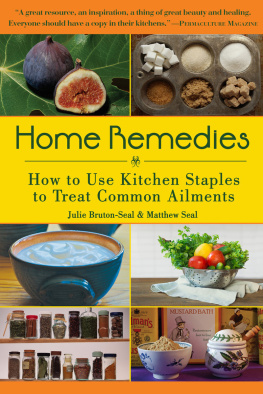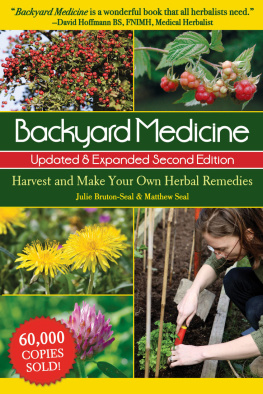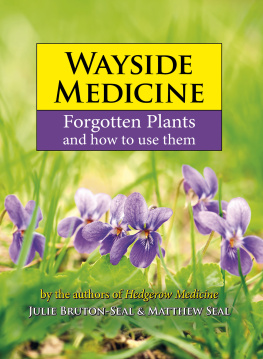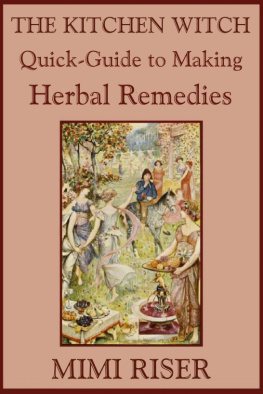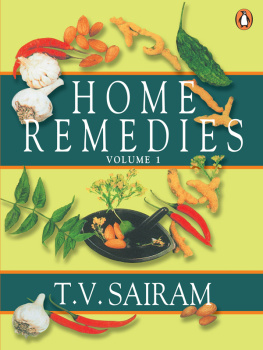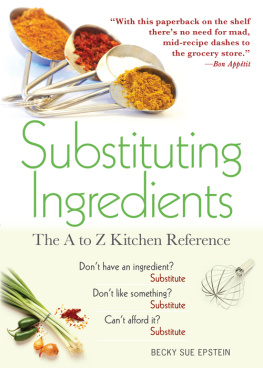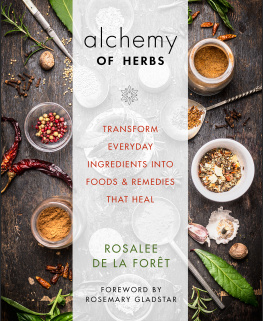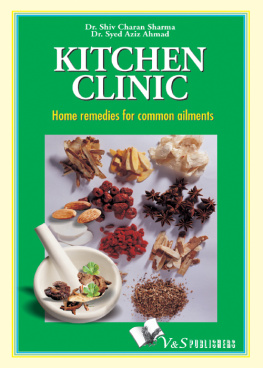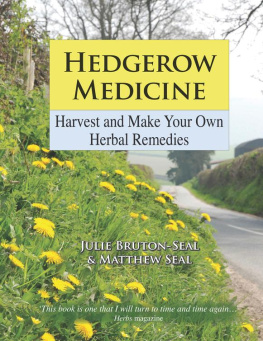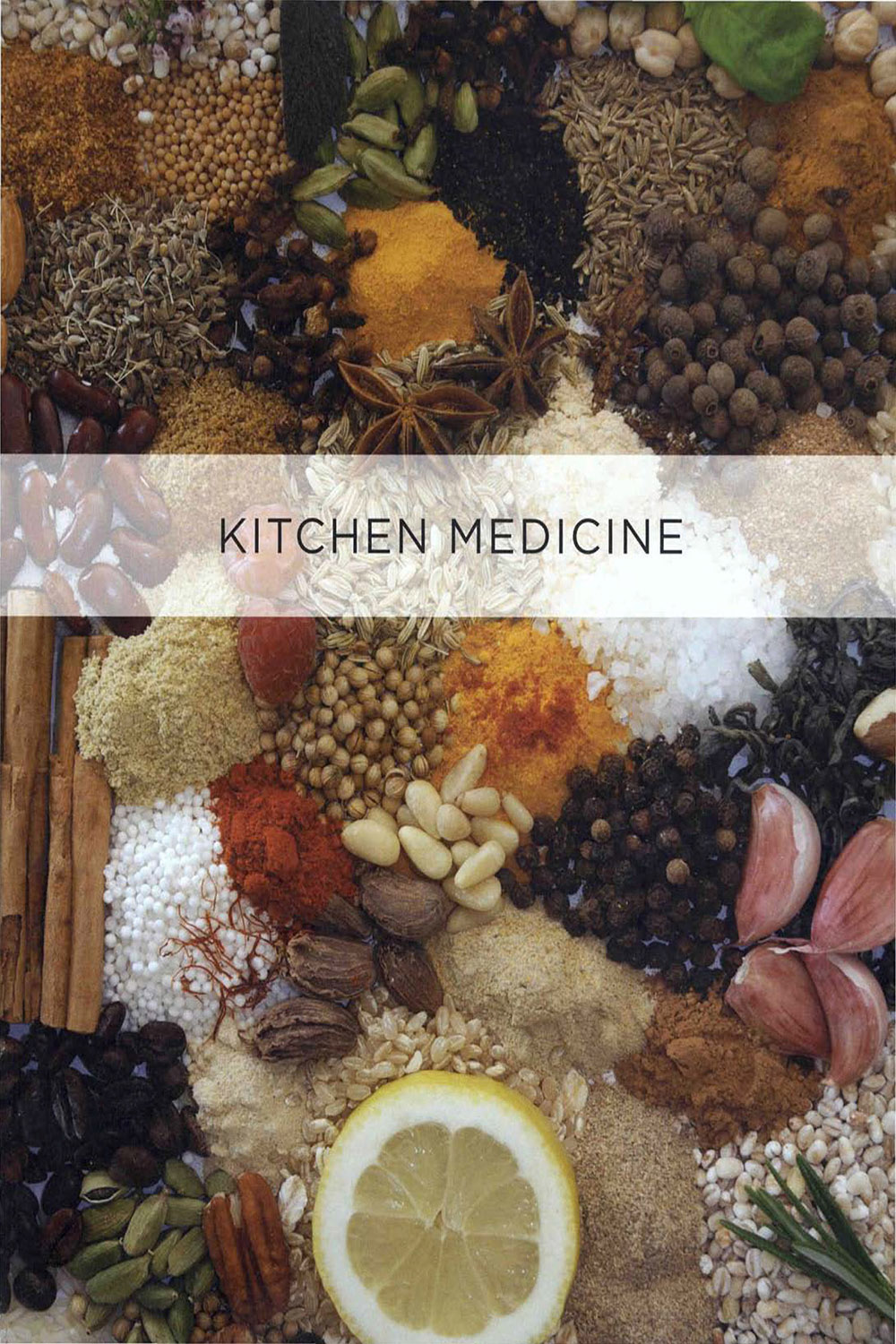First published in the UK by Merlin Unwin Books Ltd., 2010
First Lyons Press edition, 2012
Copyright 2010 Julie Bruton-Seal and Matthew Seal
ALL RIGHTS RESERVED. No part of this book may be reproduced or transmitted in any form by any means, electronic or mechanical, including photocopying and recording, or by any information storage and retrieval system, except as may be expressly permitted in writing from the publisher. Requests for permission should be addressed to Globe Pequot Press, Attn: Rights and Permissions Department, P.O. Box 480, Guilford, CT 06437.
Lyons Press is an imprint of Globe Pequot Press
Text design: Sheryl Kober
Layout artist: Nancy Freeborn
Photographs on pages i, ii, vii, 1, 19, 30, 32, 33, 38, 39, 40, 41, 44, 53, 56, 61, 65, 68, 72, 83, 84, 86, 87, 88, 92, 105, 106, 108, 113, 114, 115, 117, 122, 123, 124, 125, 126, 131 (bottom), 132, 136, 137 (top), 140, 147, 152, 153, 156, 157 (top), 160, 161, 162, 166 (top), 168, 170, 173 (left), 177, 178, 183, 184, 201, 204, 207, 208, 222, are courtesy of Shutterstock. All other photographs are by Julie Bruton-Seal.
Library of Congress Cataloging-in-Publication Data is available on file.
ISBN 978-0-7627-7985-7
Printed in the United States of America
10 9 8 7 6 5 4 3 2 1
PLEASE NOTE:
The information in Kitchen Medicine is compiled from a blend of historical and modern scientific sources, from folklore and personal experience. It is not intended to replace the professional advice and care of a qualified herbal or medical practitioner. Do not attempt to self-diagnose or self-prescribe for serious long-term problems without first consulting a qualified professional. Heed the cautions given, and if already taking prescribed medicines or if you are pregnant, seek professional advice before using herbal remedies.
PREFACE
T he words below were included by Richard Bradley, the first professor of botany in Cambridge, in his bestseller of the 1730s, The Country Housewife. This memorandum by a correspondent of Bradleys is a revealing insight into the country kitchen necessities of a bygone age. Many of these survive into the twenty-first-century kitchen, though we manage with fewer kinds of sugar (these would all be from cane as beet was not yet available in 1736) and have abandoned verjuice.
Interestingly, Bradley did not agree about tea, preferring sage and other herbs. He instructed readers to add boiling water to fresh leaves for half a minute, when one would fling away the Leaves. Bradley decried the Foreign Teas, such as Green, and Bohea Teas, &c. for I have had experience enough in them to know that they are injurious to the body, of which I shall say more in a Treatise by itself.
Well, Kitchen Medicine is our own small treatise, a second collaboration following Hedgerow Medicine in 2008. Once more we are hugely grateful to our publisher, Karen, and Jo, who have trusted us to put the positive case for the safe medicinal use of tea, sugar, sage and the many other kitchen products we examine.
Julie was expert herbalist and photographer, Matthew was editor and camera bag carrier, while we shared all the writing and idea-hatching. We have maintained the format and layout of the previous book, but have expanded the number of chapters. A reference list by ailment is also included.
Things to be provided, when any great Family is going into the Country, for a Summer.
From Mr. R.S. (1736)
Sir, I send you this as a Memorandum, because when some People go into the Country, many of these Things may be forgot, and it is sometimes the Case, that one must send a Mile or two for what is wanted of them.
Nutmegs
Mace
Cinnamon
Cloves
Pepper
Ginger
Jamaica-Pepper
Raisins
Currans [sic]
Sugar Lisbon
Sugar-Loaf Lump
Sugar double-refind
Prunes
Oranges
Lemons
Anchovies
Olives
Capers
Oil for Salads
Vinegar
Verjuice
Tea
Coffee
Chocolate
Almonds
Chesnuts [sic]
French Pears
In Richard Bradley, The Country Housewife and Ladys Director (1736), ed. Caroline Davidson (London: Prospect Books, 1980), 161-2
People across four continents let us loose to photograph their kitchens, and we thank in particular Paula Stone, Karin Haile, Lyndall Strazdins and Tim Edmondson, Les Bartlett, Sara and Andrew Butcher, and Jenny Carvill. Thanks also go to Julies mother Jen Bartlett for the author photo, and Denise Burcher and Karen Palmer for their help in various ways. Susie Allan, Julies big sister in Kenya, organized a trip to tea and coffee plantations with her friend Brian Williams. We thank all at Kamundu Estate (Sasini) and Karirana Estate who showed us around on a wet day and found us ripe coffee beans to photograph, followed by misty tea fields, respectively. Said Mohammed and his assistant James gave us a guided tour through a prolific spice garden in Zanzibar and helped us locate specimens from allspice to ylang-ylang. Fellow herbalist Christine Herbert again provided invaluable assistance in checking the text, as well as looking after Julies patients while we were away on photographic trips. Her partner Mark Naylor grew many of the vegetables featured on these pages.
We acknowledge that the opinions expressed here are our own, and we take responsibility for them. Sources are referenced in the notes to the text section, and we thank copyright holders for permission to include extracts from their work. If we have overlooked or been unable to locate any copyright owner we will gladly add details in a later edition.
We thank John Ambrose and the John Innes Foundation Collection of Rare Botanical Books, Norwich, for permission to photograph and read classic herbal works in a splendid library just down the road from us. We are also grateful to the British Library and Norfolk Record Office for their unfailing help and for still being there.
Julie Bruton-Seal & Matthew Seal Ashwellthorpe, Norfolk, England May 2010
INTRODUCTION
I n times past, kitchen medicine was practiced by every housewife. She may not have used the term or even thought about it much, but she would have learned how to treat her family for everyday ailments and minor emergencies with what she had on hand.
Doctors were expensive, and so people had to be more self-reliant in their health care. Matthews mother would recall England in the 1920s, when going to the doctor meant a fee of a shilling, a hefty charge; as a child she was sent to the corner shop for a haporth of ipecacuanha. Our grandmothers used laundry blue for wasp stings and baking soda for upset tummies, and hot lemon and honey drinks for colds. Chicken soup was a cure-all, and if in doubt, a nice cup of tea was just the thing.
We think it is time to revive this disappearing tradition of using your pantry as your pharmacy. Indeed, the kitchen is where you are most likely to need first-aid. For a domestic space that can still claim to be the center of family lifeof cooking, warmth, storage, and convivialitythe modern kitchen is a rather dangerous place. The Royal Society for the Prevention of Accidents estimates that in 2009 2.7 million people in Britain went to hospital emergency departments after accidents in the home, most of these mishaps being in the kitchen or on the stairs, involving the very young or the elderly.


